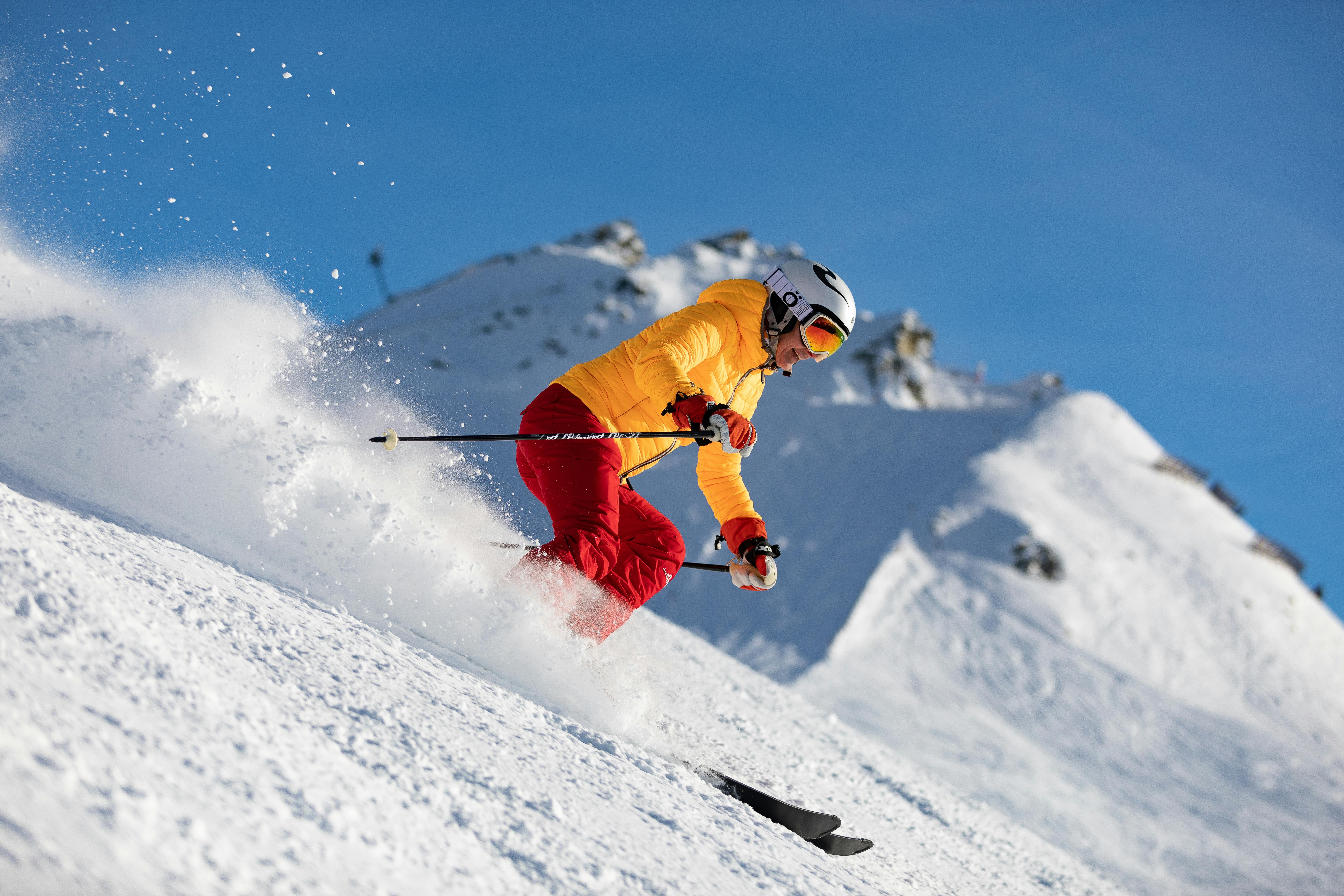
What is Skier’s thumb? Trauma to the ulnar collateral ligament (UCL) of the thumb metacarpophalangeal (MCP) joint. UCL injuries represent a significant portion of hand trauma cases, comprising 86% of all thumb MCP joint ligament injuries. As hand therapists, understanding the mechanisms, classification, and treatment approaches for these injuries is crucial for optimal patient outcomes and safe return to activity.
UCL injuries typically occur through forced abduction and hyperextension of the thumb MCP joint. In fact, sport-related activities remain the most common mechanism of injury, particularly affecting athletes participating in sports that involve sticks, rackets, or ball-handling activities such as American football and basketball. So, why is it called skier’s thumb? The classic presentation known as "skier's thumb" occurs when the abducted thumb becomes trapped around a ski pole during impact. Data collected shows that this injury accounts for 6.6% to 7% of all ski-related injuries.
UCL injuries are classified into three distinct categories based on severity:
Grade 1: No loss of ligament continuity - the ligament remains intact but may be stretched or have microscopic tears.
Grade 2: Partial ligament tear - some fibers are disrupted but the ligament maintains some structural integrity.
Grade 3: Complete rupture of the ligament, which may result in a Stener lesion. This occurs when the torn ligament becomes displaced and entrapped outside of the adductor pollicis aponeurosis, creating a mechanical barrier that prevents proper healing of the ligament.
Hand therapists should assess for the following key signs and symptoms:
Current evidence supports surgical intervention in the following scenarios:
While advances in surgical techniques for repair of the UCL are advancing, conservative treatment of immobilizing the MP joint remains an effective treatment of choice for non-surgical cases. Immobilization in an orthosis or cast for 4-6 weeks remains the standard of care. Although ultimately surgeon specific, most orthoses needed for UCL protection will exclude the IP joint and can be either forearm or hand based. This approach allows adequate time for ligament healing while maintaining function of unaffected joints.
The traditional rehabilitation timeline follows a structured progression:
When fabricating an orthosis for UCL protection, key considerations include:
Understanding UCL injury patterns and treatment approaches enables hand therapists to:
Thumb UCL injuries require careful assessment, appropriate treatment selection, and evidence-based rehabilitation approaches. As surgical techniques continue to evolve, hand therapists must stay current with emerging research while maintaining proficiency in proven conservative treatment methods. The combination of proper initial management, appropriate orthotic intervention, and progressive rehabilitation remains the foundation for successful outcomes in this common yet complex injury pattern.
By understanding both the biomechanical principles underlying these injuries and the latest evidence supporting various treatment approaches, hand therapists can provide optimal care that facilitates healing, restores function, and enables safe return to meaningful activities for their patients; whether its skiing, basketball, football or any other sport.
Sources:
Legerstee IWF, van der Oest MJW, Souer JS, Hundepool CA, Durahu LS, Selles RW, Zuidam JM. Patient-reported outcomes and function after surgical repair of the ulnar collateral ligament of the thumb. J Hand Surg Am. 2023;48(8):780-787.
Robinson DM, Kakar S, Jelsing E. Acute thumb metacarpophalangeal joint ulnar collateral ligament injury: diagnosis, management, and return to sports considerations. Curr Sports Med Rep. 2023;22(6):238-244.
Parikh, H. B., Herman, M. C., & Shin, S. S. (2023). Can we do it faster? Accelerated rehabilitation following thumb ulnar collateral ligament repair with suture tape augmentation. Journal of Hand Therapy, 36(2), 241-244
